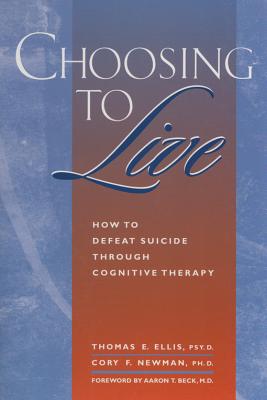
description
rist and acclaimed expert, draws on decades of experience to offer necessary new ways of understanding--and preventing--suicide. After one of his first patients died by suicide, Michel devoted himself to researching self-harm. Writing vividly and personally, he recounts more than forty years of working with and learning from suicidal patients. Michel shows that suicide is not just a consequence of mental illness but an action related to a person's life story. Drawing on hundreds of interviews with suicidal patients, he argues that suicide and suicide attempts occur when someone experiences extreme emotional pain that severely impairs the ability to think and act rationally. Based on this understanding, Michel and his colleagues developed a person-centered approach to treatment that overcomes the limitations of the traditional medical model. Through a brief therapy, patients find a personally meaningful narrative understanding of their suicidal thoughts and impulses. People at risk can learn to recognize their vulnerabilities in order to manage potentially life-threatening situations and keep themselves safe. Michel emphasizes the importance of communication: medical professionals need to connect with patients as individuals to identify specific warning signs. Both compassionate and rigorous, this book provides vital insight into suicide prevention and shows how changing attitudes will help save lives. It includes practical advice for people at risk, with special emphasis on young people, as well as for relatives and health professionals.
member goods
No member items were found under this heading.
Return Policy
All sales are final
Shipping
No special shipping considerations available.
Shipping fees determined at checkout.







